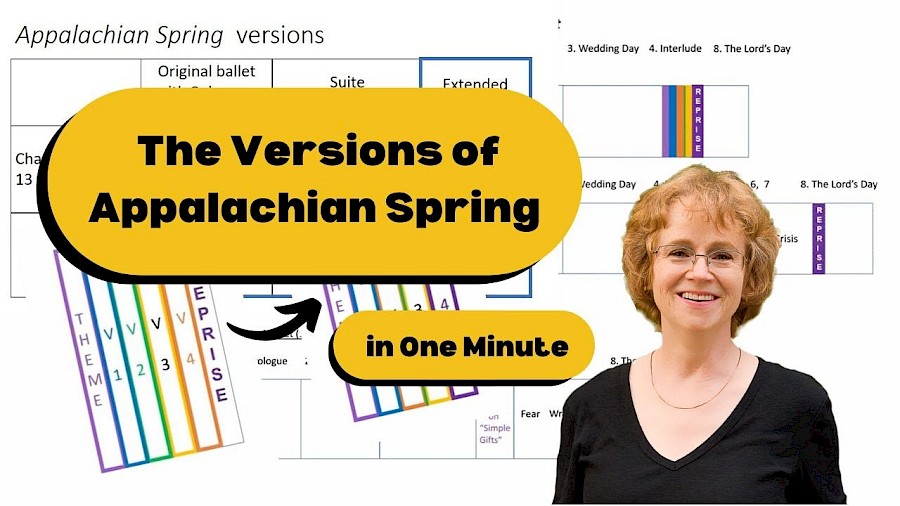While we take a break from our monthly Midday Thoughts series, enjoy some past articles by Jennifer DeLapp-Birkett. We'll be back in October with a piece about Aaron Copland and William Kapell, the American pianist Copland dedicated his Piano Fantasy to.
Nonet
Aaron Copland’s best-known music is unmistakably American. “The Copland sound” means cowboy melodies, wide-open spaces, and patriotic fanfares to many listeners. But Copland’s artistry is far more complex. The Nonet for strings (1961) shows a different side of Copland. It brings out his ties to Europe, and it takes a long view of time. Nonet is neither overtly “modern” nor wistfully nostalgic. Rather, it integrates past and present, Europe and America. The Nonet is a mature, transnational work that deserves a new, twenty-first-century interpretation. Read more.
Crossover Copland
Copland was a composer who employed musical crossover. This dated from (at least) his three years of European training with the famed composition teacher Nadia Boulanger in Paris. She instilled in Copland the imperative to bring his American voice into the contemporary classical music he sought to write. For a Brooklyn boy like Copland, that meant Tin Pan Alley dance-band music, which he played for income in Brooklyn and at summer resorts north of the city from his late teen years into his twenties. Read more.
In the Beginning: Time, Form, and Words
Mention Copland to any choral musician, and most will immediately list "The Promise of Living," "Stomp Your Foot," and Old American Songs. In comparison, In the Beginning (1947) is seldom heard. It is notoriously difficult to perform well. It lacks the soaring melodies or foot-tapping rhythms of Copland favorites. Yet many consider it Copland’s choral masterpiece. How do we understand In the Beginning? Read more.
Copland Research at the Library of Congress
The Aaron Copland Collection (here, ACCLC) consists of about 400,000 items in 564 boxes, which would stretch nearly the length of a football field if lined up side by side. Copland had hired a series of assistants in the last 30 years of his career to help keep his papers organized. By 1989, his home in Peekskill NY contained not only the manuscript scores and sketches for most of his 200-some compositions, but also personal and professional correspondence, business documents, financial papers, diaries, scrapbooks and photos; books, articles and newspaper clippings by him and about him; and his own published scores marked up for conducting or corrections. Read more.
The Many Versions of Appalachian Spring
Which Appalachian Spring? An Audiophile’s Guide
While recordings of Copland’s Appalachian Spring abound, confusion easily arises about which version of the work is found on any given release. Sharp-eared Copland fans will note that even recordings with similar titles or similar timings may differ in their musical contents. Last month’s Midday Thoughts explained the three basic configurations of Appalachian Spring and noted that each of the three can be performed by a full orchestra or by a 13-instrument chamber ensemble. This month’s essay will identify which recordings present each version. Read more.




